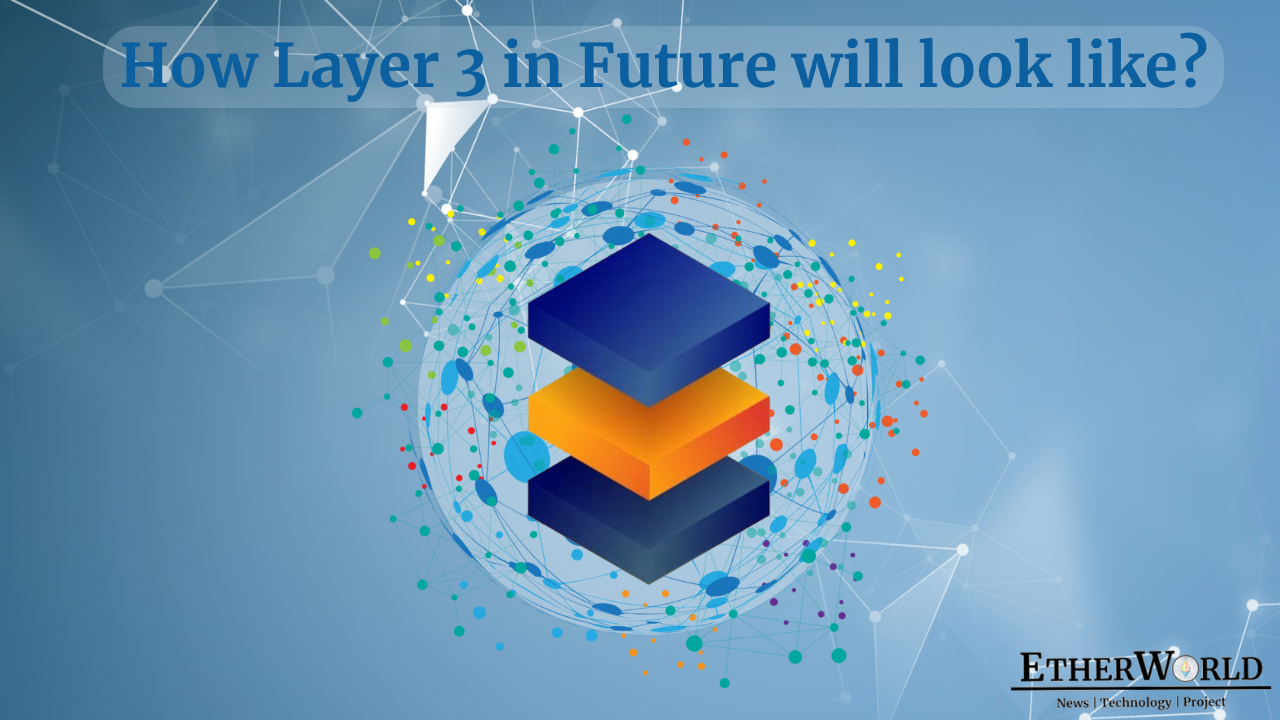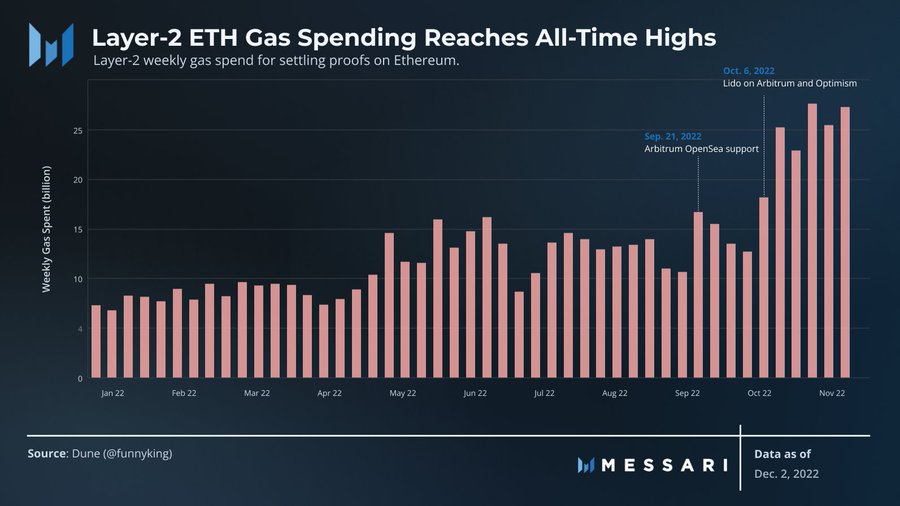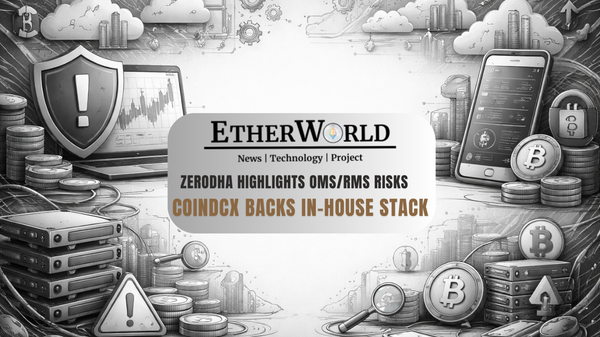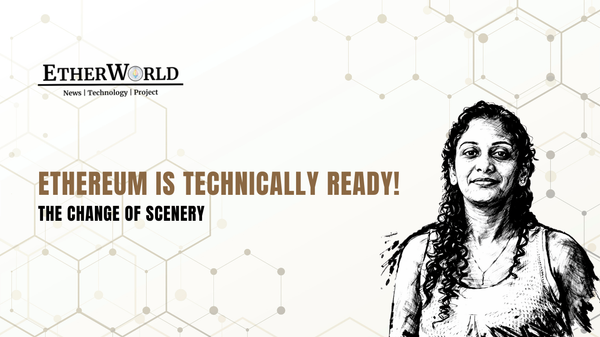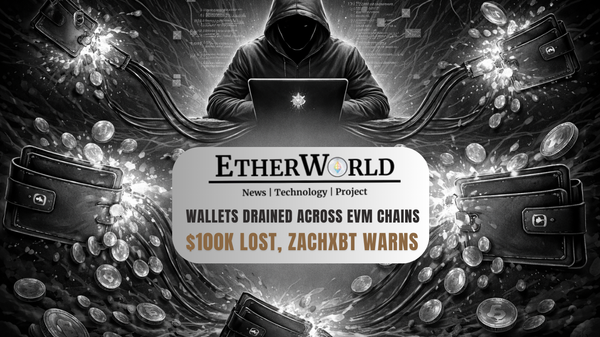TL;DR
About $4.34 Billion are locked in L2 scaling solutions. It is anticipated to see the majority of activity occuring on Layer 2 due to the growing support for DeFi tools, relatively less transaction costs, and scalability. As we are expecting more users to be onboarded to Web3, some dapps will need specific tailoring that a new & separate layer can serve better. In this article, we will get an overview of different blockchain layers and how Layer 3 will look in the future with the proposed framework by Starknet.
Layer 3
Layer-2 gas spend has reached all-time highs as protocols continue to migrate to L2s. Both apps and users continue to migrate to L2s as demand for near-zero fees increases.
If Layer 2 adds security & scalability on top of Layer 1, then Layer 3 can even add more security & scalability on top of Layer 2. Most readers will think this, but that's not the case.
Layer 2 Solutions have boosted Ethereum's scalability. At the same time, they retain the benefits of decentralization, general-purpose logic, and composability. However, some DApps will need specific tailoring that can be served better by a new and separate layer.
Layer 3 Framework Proposed by Starknet
According to Starknet Team, Multiple Layer 3 solutions will be on top of an Layer 2 with different use case. Moreover, additional layers, i.e., Layer 4 can be built upon Layer 3.

-
Case 1: Layer 2 for Scaling, Layer 3 for Privacy
This will allow privacy-preserving transactions without including them in public StarkNets. -
Case 2: Layer 2 for Scaling, Layer 3 for Validium Data Availability
Validium uses validity proofs but doesn't store transaction data on the Ethereum Mainnet. Instead, they use off-chain data availability and computation designed to improve throughput by processing ~9,000 transactions per second. -
Case 3: Layer 2 for Scaling, Layer 3 for Customized Scaling
This will come in different forms, i.e., some apps that use something other than the EVM to do their computation or rollups whose data compression is optimized around data formats for specific applications.
We can see similar customized scenarios for different DApps in the upcoming future.
Advantages of Layer 3
In this section, we will see some advantages of the Layer 3 model.

- Scalability Trilemma will be further reduced.
- Application-specific design will give a more deterministic performance, customized data availability models, using zero-knowledge proofs, etc., and much more.
- Layer 2 - Layer 3 Interoperability will increase.
- Layer 3 can act as a Canary network for Layer 2. This is similar to what we have seen in Kusama and Polkadot.
Layer 2
Layer 2 can also be imagined as Ethereum scaling solutions. These are separate blockchains; each of which extends Ethereum and inherits the security guarantees of Ethereum. The main goal of Layer 2 solutions is to provide quicker settlement of transactions and scaling challenges being faced at the time. Arbitrum One, Optimism and zkSync are prime examples of Layer 2 Blockchains.
A Layer 2 blockchain communicates with Ethereum by submitting bundles of transactions to ensure that it has similar security and decentralization guarantees. All this requires no changes to Layer 1 (Ethereum). This lets Layer 1 handle security, data availability, and decentralization, while layer 2 handles scaling.
Layer 2 Blockchains take the transactional burden away from layer 1 and post finalized proofs back to layer 1. By removing this transaction load from layer 1, the base layer becomes less congested and more scalable.
Ethereum Mainnet (Layer 1) can only process roughly 15 transactions per second. When the demand to use Ethereum is high, the network becomes congested, and transaction fees increase. That is where Layer 2 comes in to scale Ethereum today.
Here is an article by the EW Team for a better understanding of various Layer 2 solutions like Rollups, Plasma, State channels, Sidechains, Parachains, etc., and much more.
Layer 1
Layer 1 Blockchains are also known as the base blockchains. Ethereum as Layer 1 includes:
- A network of node operators to secure and validate the network.
- A network of block producers.
- The blockchain itself and the history of transaction data.
- The consensus mechanism for the network.
Bitcoin, Ethereum and Cardano are prime examples of Layer 1 Blockchains.
Layer 1 Blockchains like Ethereum suffer from Scalability Trilemma. There are three desirable properties of a blockchain, i.e., decentralization, security, and scalability. The scalability trilemma states that a blockchain can only achieve two out of three. Most Blockchains sacrifice scalability for security and decentralization.
To know more, readers should read Censorship Resistance Vs. Scalability Debate by Ethereum Core Developers.
Layer 0
Layer 0 blockchain lays the foundation for Layer 1 blockchains. It gives the underlying infrastructure to create chains and allows cross-chain interoperability, which means the chains created on top of Layer 0 can communicate with each other.
Layer 0 blockchains allow developers to create custom blockchains that can be tailored to their exact requirements. Parachains in the Polkadot are the perfect example of this concept.
Polkadot, Avalanche and Cosmos are prime examples of Layer 0 Blockchains.
Resources
Related Videos
- The Merge Transition
- Ethereum: The Great Renaming
- Proof of Work
- Proof of Stake
- How to Join Kintsugi testnet?
- Kintsugi Fuzzer Issue
- What is Kiln Testnet?
- How to Join Kiln Testnet?
Related Articles
- An overview of expected changes with the Ethereum Merge upgrade
- MEV in DeFi
- Ethereum Mainnet Shadow Forking: An Overview
- What do Bellatrix, Paris & TTD mean in Ethereum Merge Upgrade?
- Ethereum's roadmap for 2022 and beyond!
Disclaimer: The information contained on this web page is for education purposes only. Readers are suggested to conduct their own research, review, analyze and verify the content before relying on them.
To publish press releases, project updates and guest posts with us, please email at contact@etherworld.co.
Subscribe to EtherWorld YouTube channel for ELI5 content.
Support us at Gitcoin
You've something to share with the blockchain community, join us on Discord!


